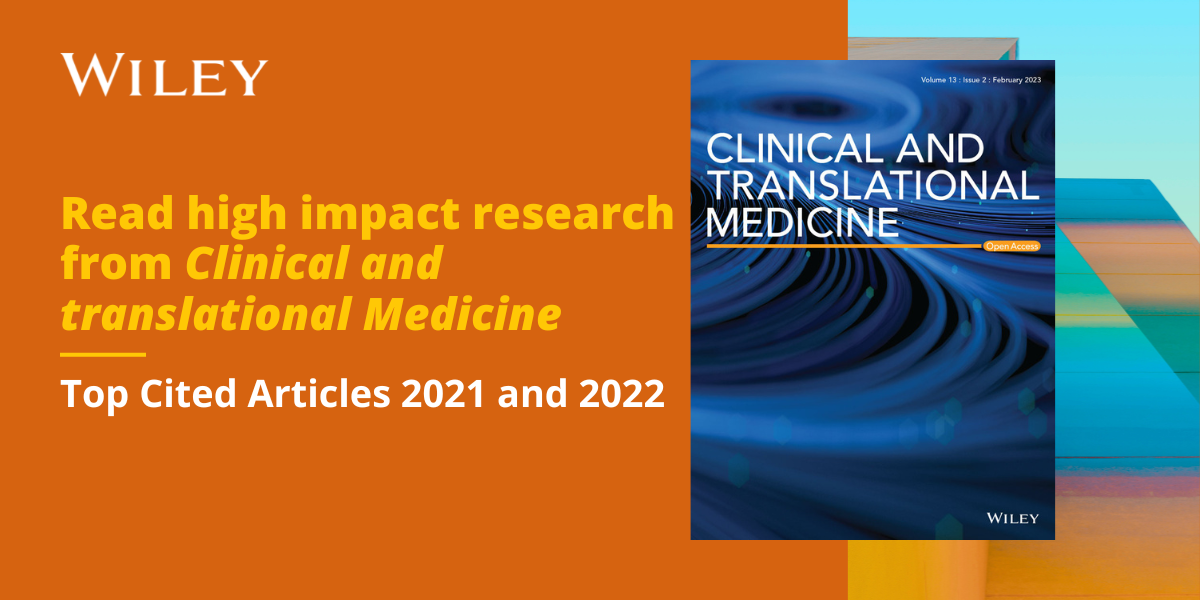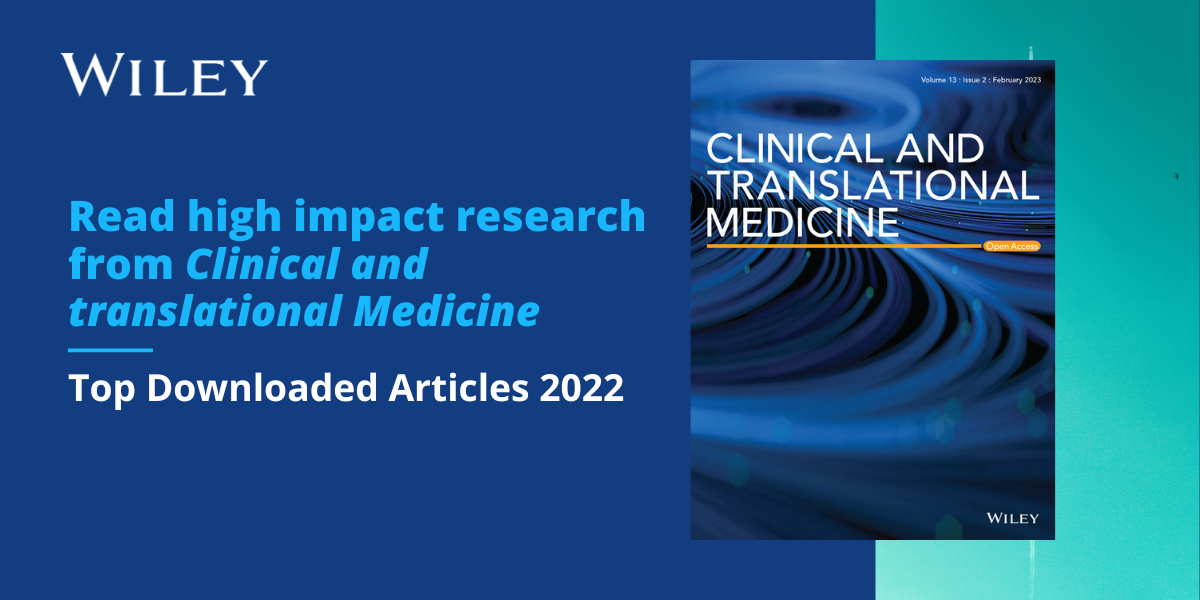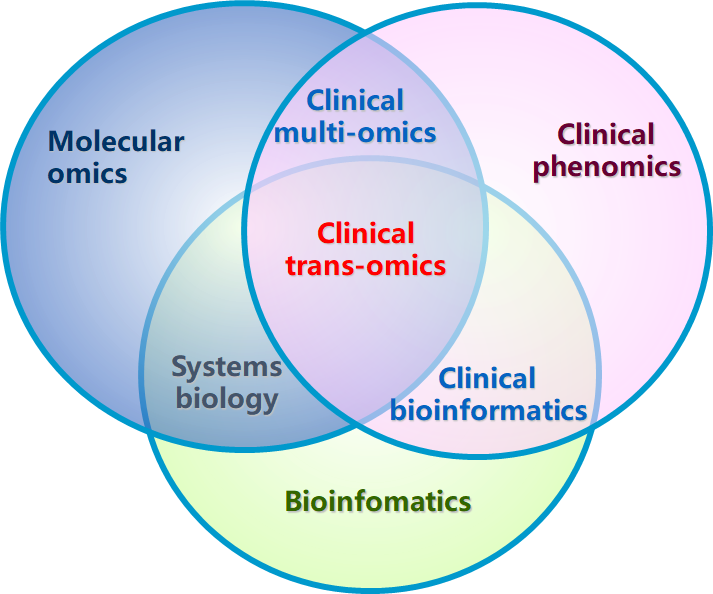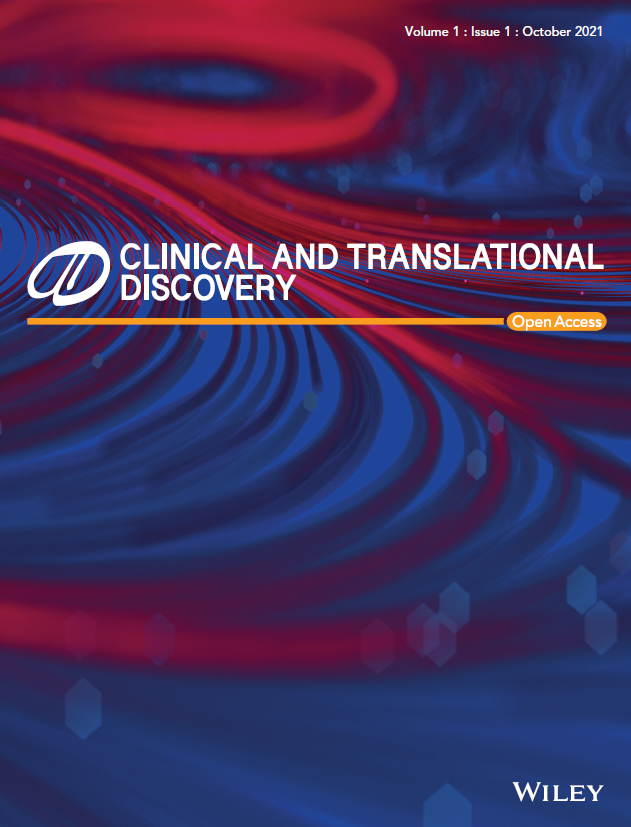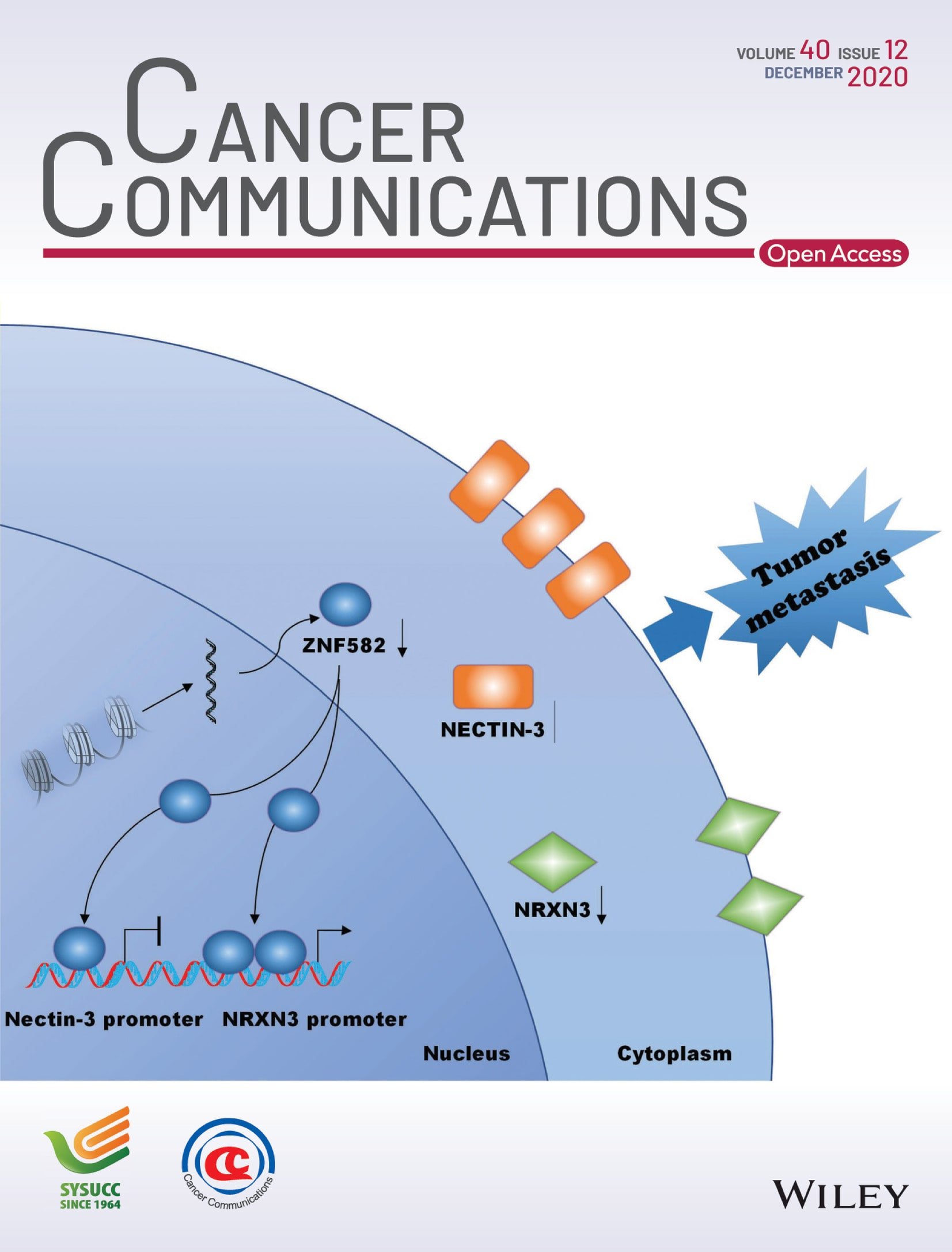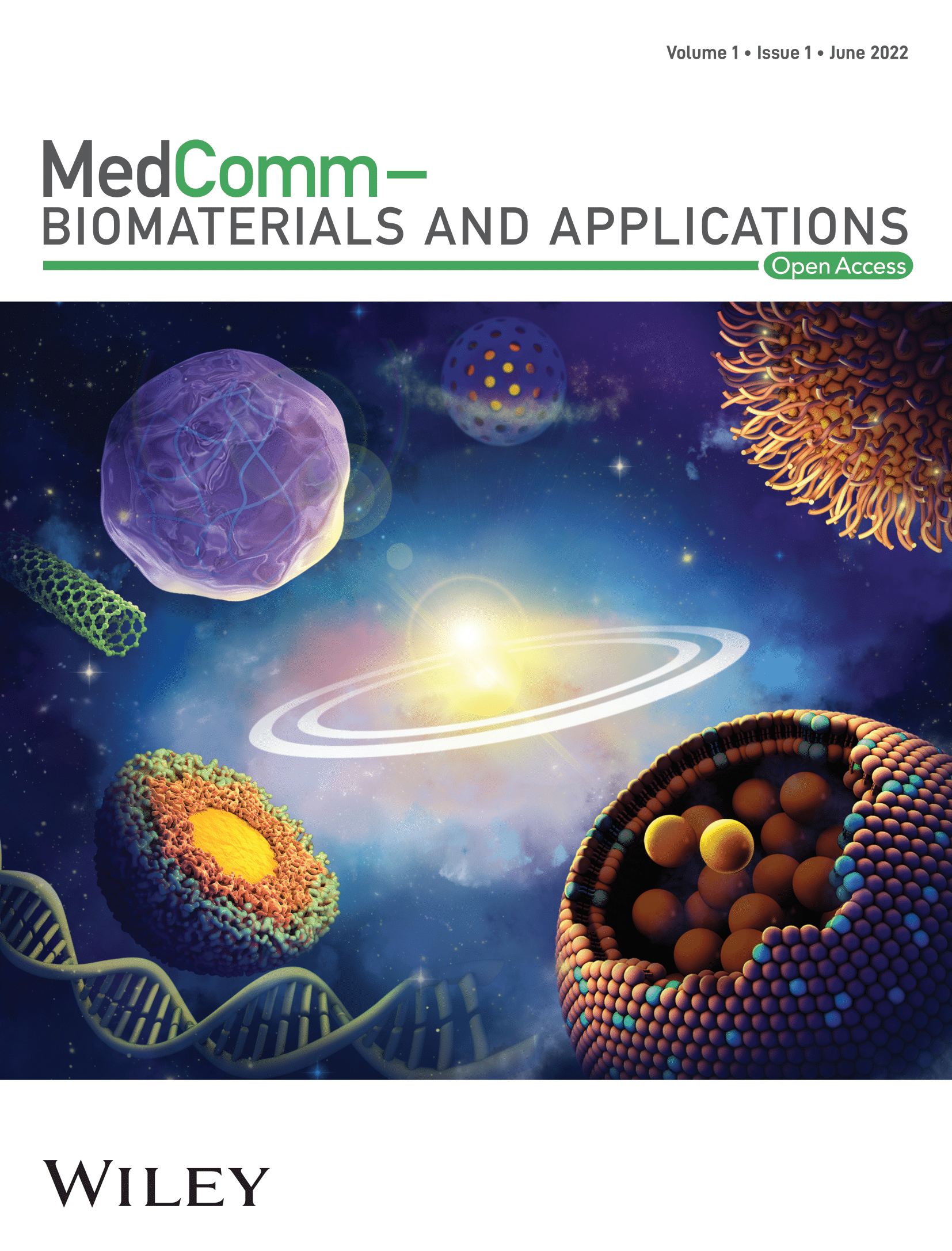Journal list menu
Export Citations
Download PDFs
Top Downloaded Articles in 2021
Glycine and N-acetylcysteine (GlyNAC) supplementation in older adults improves glutathione deficiency, oxidative stress, mitochondrial dysfunction, inflammation, insulin resistance, endothelial dysfunction, genotoxicity, muscle strength, and cognition: Results of a pilot clinical trial
- First Published: 27 March 2021
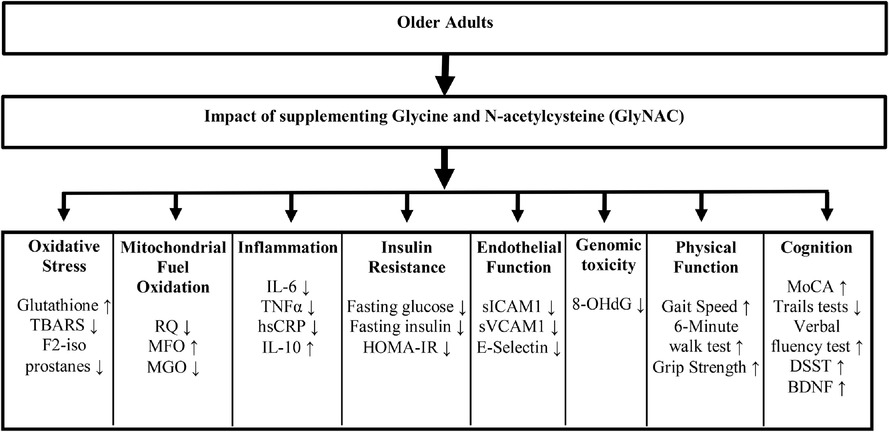
This study found that compared to healthy young adults, older humans have severely elevated oxidative stress, glutathione deficiency, impaired mitochondrial function, increased inflammation, insulin resistance and endothelial dysfunction, and lower muscle strength and mental cognition. We tested and found that supplementing GlyNAC (combination of glycine and N-acetylcysteine) improved all these defects, and that stopping GlyNAC resulted in a loss of benefits. The results of this trial suggests that GlyNAC supplementation could be a simple, safe and effective nutritional strategy to boost cellular defenses to protect against oxidative stress, correct mitochondrial defects to improve energy availability, increase muscle strength and cognition, and thereby promote healthy aging in humans.
Improving mitochondria and ER stability helps eliminate upper motor neuron degeneration that occurs due to mSOD1 toxicity and TDP-43 pathology
- First Published: 22 February 2021

• Mitochondrial defects and endoplasmic reticulum (ER) disintegration are common causes of upper motor neuron (UMN) degeneration observed in the UMNs of both patients and mouse models.
• NU-9, a novel compound with drug-like properties, improves integrity of mitochondria and ER, as well as the stability of UMN apical dendrites.
• NU-9 treatment eliminates ongoing degeneration of UMNs that become diseased due to mSOD1 toxicity and TDP-43 pathology with behavioral outcomes.
Bromelain inhibits SARS-CoV-2 infection via targeting ACE-2, TMPRSS2, and spike protein
- First Published: 17 January 2021
Five-day water-only fasting decreased metabolic-syndrome risk factors and increased anti-aging biomarkers without toxicity in a clinical trial of normal-weight individuals
- First Published: 29 July 2021
COVID-19 diagnostic testing: Technology perspective
- First Published: 22 August 2020
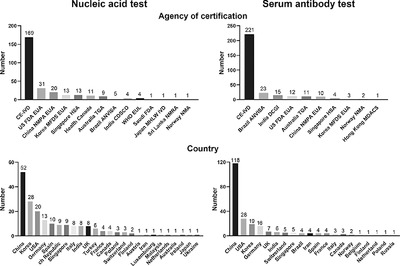
A comprehensive review of the different primary technologies used to test for COVID-19 infection. The review indicates the advantages and disadvantages of each technology, describes technologies that have the potential to accelerate SARS-CoV-2 detection in the future, and discusses the remaining challenges in COVID-19 diagnostic testing.
Multiregion single-cell sequencing reveals the transcriptional landscape of the immune microenvironment of colorectal cancer
- First Published: 01 January 2021
CB1R and iNOS are distinct players promoting pulmonary fibrosis in Hermansky–Pudlak syndrome
- First Published: 04 July 2021
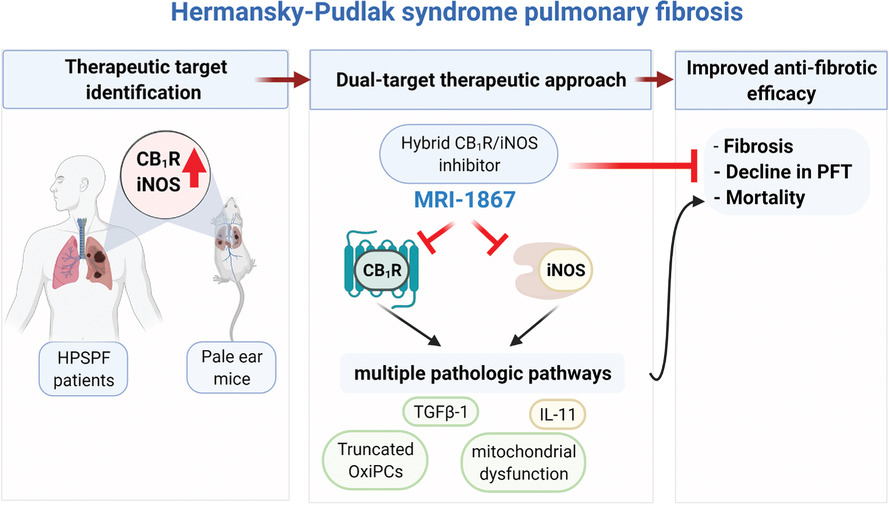
Overactivity of CB1R and iNOS contributes to HPSPF development and progression via multiple critical pathological processes including dysregulation of mitochondrial function and IL-11. Simultaneous inhibition of lung CB1R and iNOS by a hybrid inhibitor (MRI-1867) is a rational therapeutic strategy for achieving therapeutic efficacy in HPSPF with attenuating fibrosis, improving pulmonary function and survival.
Ring vaccination of COVID-19 vaccines in medium- and high-risk areas of countries with low incidence of SARS-CoV-2 infection
- First Published: 17 February 2021
Research trends in pharmacological modulation of tumor-associated macrophages
- First Published: 13 January 2021
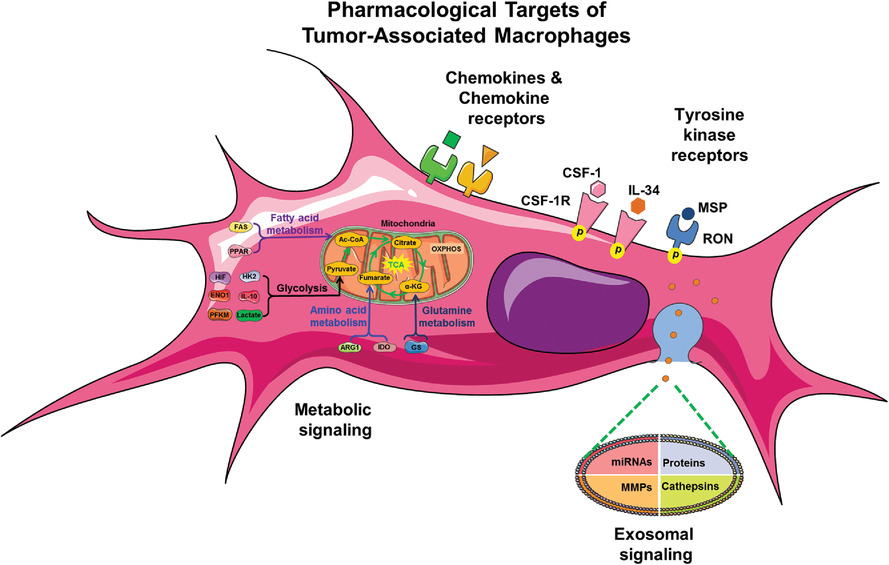
The biofunctions and clinical implications of TAMs in cancer progression as well as the current pharmaceutical targets in TAMs regulation were summarized. The latest advancements of agents that were effective in TAMs depletion or reprogramming were summarized and discussed. The promising future of exosomal signaling for TAMs-targeted therapy was discussed and expected.
Evaluation of the safety and efficacy of using human menstrual blood-derived mesenchymal stromal cells in treating severe and critically ill COVID-19 patients: An exploratory clinical trial
- First Published: 27 January 2021
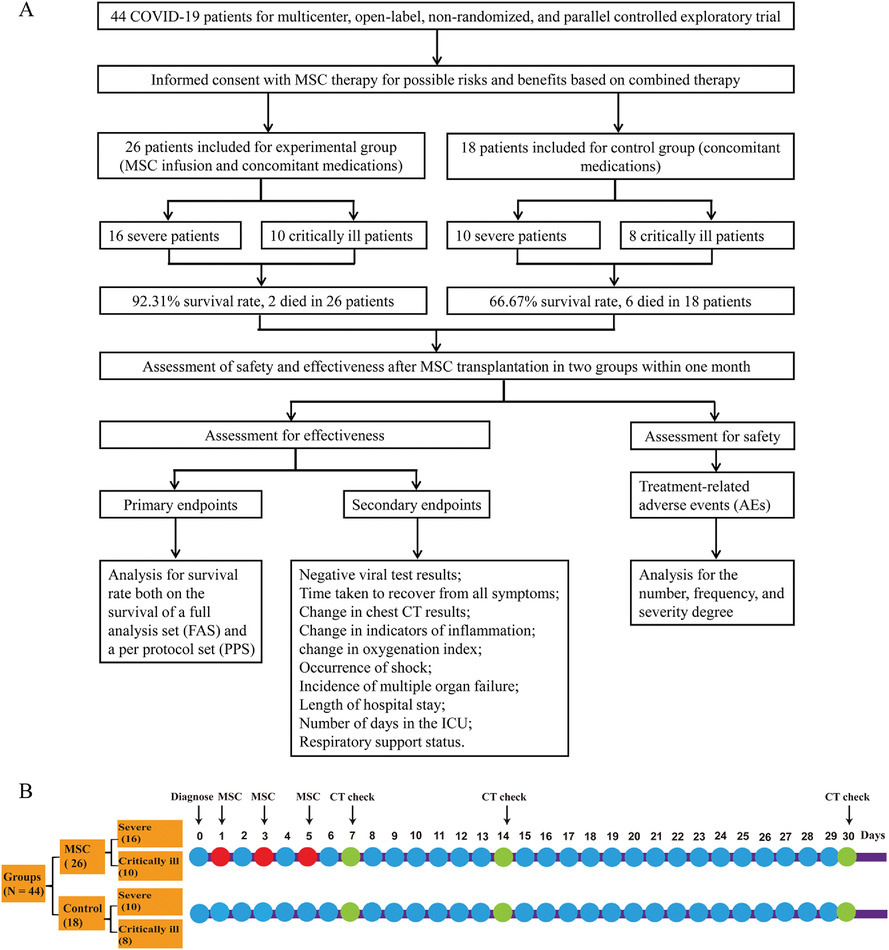
Menstrual blood-derived MSC transplantation significantly lowers the mortality of severe and critical SARS-CoV-2-induced COVID-19.
This prospective and systematic report assessed the ability of menstrual blood-derived MSCs to treat both severe and critically ill COVID-19 patients.
MSC-based therapy may serve in future clinical applications as an alternative way for the treatment of COVID-19





